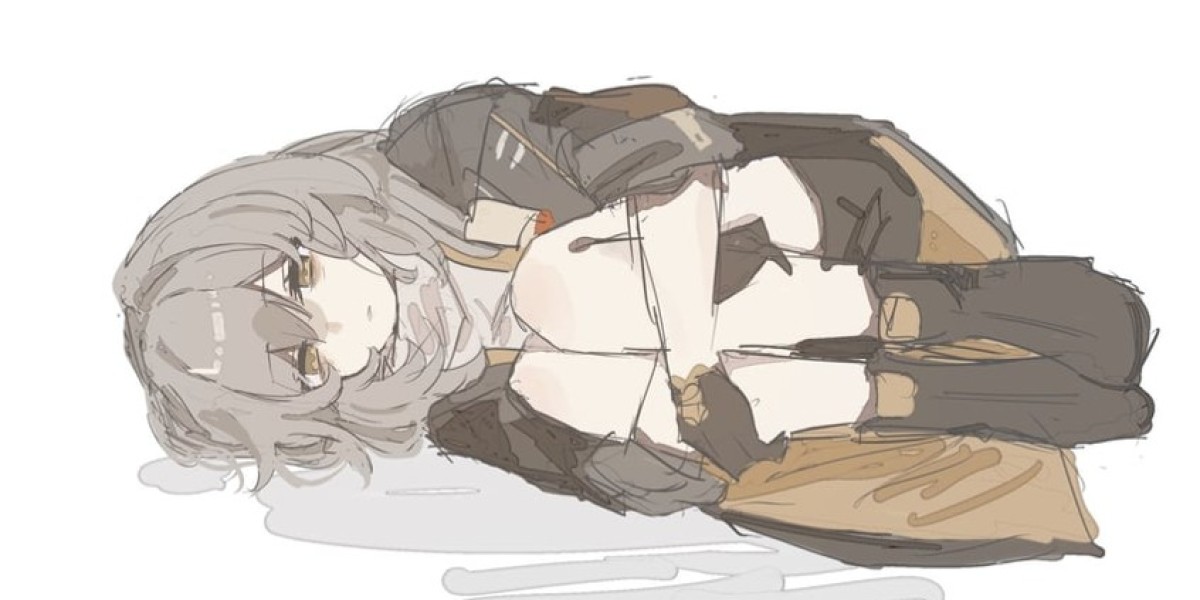Bad Bunny, the Puerto Rican music sensation, has quickly risen to the forefront of both the music and fashion worlds. His unique sound, blending reggaeton, Latin trap, and other eclectic influences, is rivaled only by his distinct and trendsetting fashion sense. Among the many elements that make up his dynamic style, one piece of apparel stands out in particular—the Bad Bunny hoodie. This simple yet iconic garment has become more than just a piece of merchandise for fans; it’s a symbol of a larger cultural movement, a marker of identity, and a reflection of Bad Bunny's innovative spirit.
In this essay, we will explore the cultural significance of the Bad Bunny hoodie, tracing its origins in his brand, how it has captured the attention of his global fanbase, its place in the larger streetwear movement, and its role as a canvas for self-expression in fashion today.
The Rise of Bad Bunny and His Fashion Influence
Before diving into the hoodie itself, it’s essential to understand how Bad Bunny, born Benito Antonio Martínez Ocasio, became such an influential figure, not just in music but in fashion as well. Bad Bunny broke into the music scene with his unique, experimental approach to reggaeton and trap, offering a fresh sound that transcended traditional Latin music genres. By 2020, he was not only dominating music charts worldwide but also making waves in the fashion industry. His bold style choices and collaborations with top designers made him a fashion icon as well.
What sets Bad Bunny apart is his refusal to conform to gender norms or conventional expectations in music and fashion. His clothing choices often challenge societal expectations, whether he’s performing in oversized t-shirts, vibrant jumpsuits, or daring crop tops. The Bad Bunny hoodie has similarly evolved from a piece of merchandise into a powerful emblem of this mindset—a garment that reflects both his rebellious nature and his deep connection with his fanbase.
The Symbolism Behind the Hoodie
At first glance, the Bad Bunny hoodie might seem like just another piece of celebrity merchandise. However, its meaning goes much deeper, both as a piece of fashion and as a cultural artifact. Hoodies, in general, have long been a staple of streetwear culture. Originally designed for comfort and practicality, hoodies became popular in the 1970s with the rise of hip-hop and urban culture, symbolizing a connection to the streets, rebellion, and youth counterculture.
In the case of the Bad Bunny hoodie, this association with streetwear is amplified by his own personal background and ethos. Born and raised in Vega Baja, Puerto Rico, Bad Bunny’s fashion reflects his roots in a working-class community. The hoodie, comfortable and accessible, resonates with fans who identify with his underdog story—someone who broke barriers in an industry not traditionally inclusive of Latin artists.
But the Bad Bunny hoodie is more than just a nod to his past; it’s also a marker of his present influence. Fans who wear the hoodie are showcasing their support for Bad Bunny’s music and his overall message. The designs often include symbols, lyrics, or graphics related to his albums, creating a direct link between the artist and his audience. Wearing a Bad Bunny hoodie is, in essence, a way for fans to connect with the larger cultural movement that he leads—one that emphasizes individuality, self-expression, and defying expectations.
Streetwear and the Hoodie Phenomenon
Streetwear, as a fashion movement, has taken the world by storm in the last decade. Emerging from skate culture, hip-hop, and urban fashion in the 1980s and 1990s, streetwear has always been about more than just clothes. It’s a form of self-expression, a statement of identity, and often a reflection of the subcultures that create it.
The Bad Bunny hoodie fits perfectly within this movement. Unlike luxury fashion, streetwear is grounded in accessibility and creativity. Anyone can wear a hoodie, and anyone can make it their own. For Bad Bunny, the hoodie is a piece of everyday clothing that anyone can wear, yet its designs and the associations it carries elevate it to something greater. His fans, whether they come from Puerto Rico, the U.S., or any other part of the world, can identify with the hoodie because it reflects both Bad Bunny’s universal appeal and his deep ties to his own culture.
One key aspect of the streetwear phenomenon is its collaborations with artists and brands, and Bad Bunny has expertly navigated this space. His collaborations with major streetwear brands, including Adidas and Crocs, have introduced his fans to exclusive designs and limited-edition pieces, further solidifying his role as both a musician and a fashion icon. These partnerships have only increased the demand for Bad Bunny hoodies, often selling out within minutes of release, and transforming them into coveted collectibles.
The Hoodie as a Medium for Self-Expression
What makes the Bad Bunny hoodie more than just a piece of clothing is how it enables self-expression. For both Bad Bunny and his fans, the hoodie serves as a canvas. Many of his hoodies feature bold, artistic designs that represent his albums, such as YHLQMDLG (Yo Hago Lo Que Me Da La Gana), which translates to "I do whatever I want." The phrase itself captures the essence of Bad Bunny’s defiant, self-assured style, and his fans, by wearing the hoodie, are embodying this same attitude.
Furthermore, the hoodie often becomes a platform for political and social statements. Bad Bunny has never shied away from addressing critical issues such as gender equality, mental health, and Puerto Rican identity. His fashion choices, including his hoodies, often reflect these messages. For instance, his decision to wear a shirt with the words “Mataron a Alexa, no a un hombre con falda” (“They killed Alexa, not a man in a skirt”) on The Tonight Show highlighted the tragic murder of a transgender woman in Puerto Rico, bringing attention to issues of violence against the LGBTQ+ community.
The hoodie, in this sense, becomes more than just a piece of merchandise—it becomes a medium through which fans can express their own beliefs, aligning themselves with the causes Bad Bunny advocates for. It blurs the lines between fashion and activism, allowing people to make a statement just by putting on a piece of clothing.
The Global Impact and Legacy of the Bad Bunny Hoodie
The global success of Bad Bunny’s hoodie goes beyond Puerto Rico or even Latin music. His influence has reached a worldwide audience, transcending language barriers and cultural divides. The hoodie, as a symbol of his artistic identity, plays a significant role in this. Whether it’s worn by fans in New York, Tokyo, or Buenos Aires, the Bad Bunny hoodie represents a shared experience—one that revolves around music, culture, and self-expression.
Ultimately, the Bad Bunny hoodie’s significance lies not just in its design but in what it represents. It’s a bridge between an artist and his audience, a statement of individuality, and a reflection of the larger streetwear culture that has captivated the world. As Bad Bunny continues to evolve as both a musician and a fashion icon, the hoodie remains a testament to his enduring influence, proving that sometimes, the simplest pieces of clothing can carry the most profound meanings.
In conclusion, the Bad Bunny Store is more than a fashion trend—it's a symbol of identity, rebellion, and belonging for fans around the world. As streetwear continues to grow, and as Bad Bunny’s star continues to rise, the hoodie will remain a defining part of his legacy in both music and fashion.

